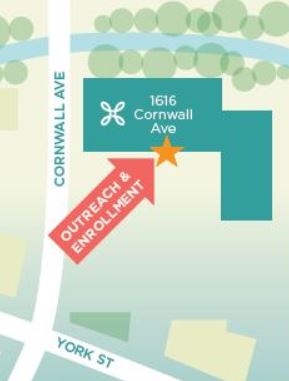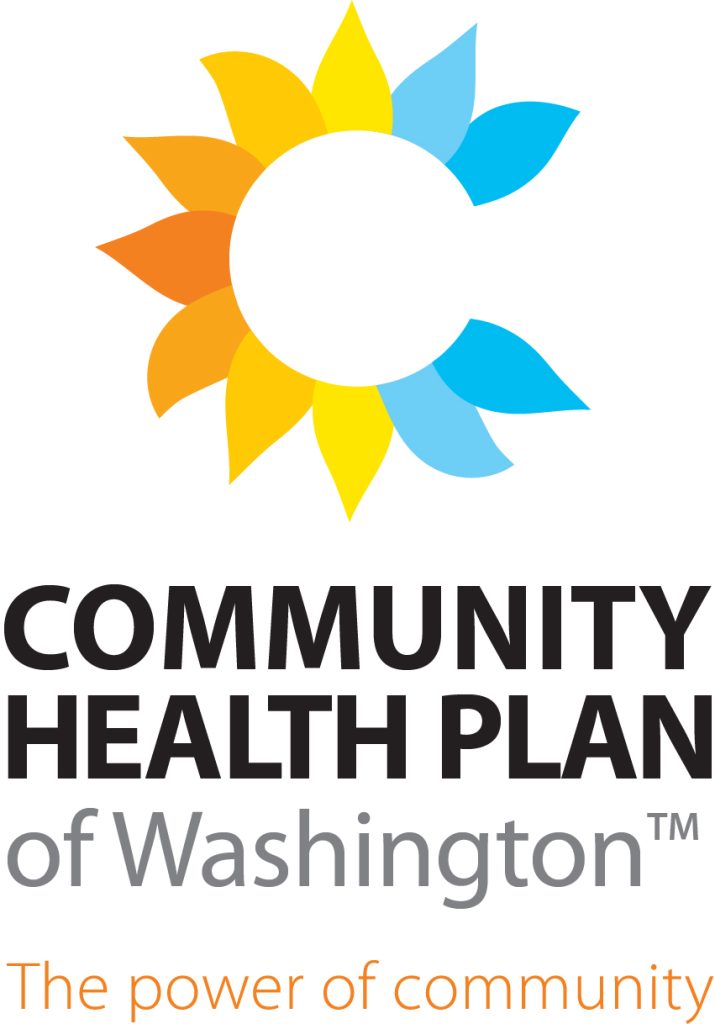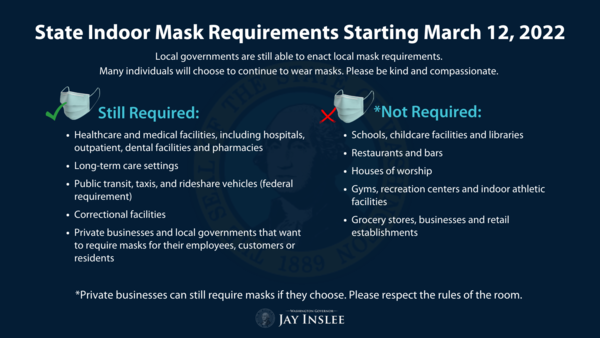
Molina Healthcare was founded in 1980 by an emergency room physician with a mission to provide quality health care to those who needed it, no matter their circumstances. Molina is committed to community service and has established a vibrant corporate social responsibility initiative to support the communities they serve.
Today, Molina Healthcare of Washington serves over 1 million members through government sponsored programs Apple Health (Medicaid) and Medicare D-SNP across every county in the state, and health plans through the WA Health Benefit Exchange in most counties. In Washington’s North Sound region, Molina serves over 130k members, including nearly 40k members in Whatcom County. They collaborate with community partners to eliminate access barriers and tackle health disparities to improve the health and lives of their members and communities.
 As part of this commitment, Molina provides a variety of resources on their website to help everyone on their health journey, including articles on their blog focused on a variety of health topics. The categories range from resources for addiction, help for allergies, and information on immunizations. In addition, Molina Medicaid members can earn gift card incentives for completing their annual preventive care. The Company also participates in our Healthcare Champions Sponsorship program, supporting health care for everyone. Unity Care NW is thankful for their support and partnership to build stronger communities in Whatcom County and beyond.
As part of this commitment, Molina provides a variety of resources on their website to help everyone on their health journey, including articles on their blog focused on a variety of health topics. The categories range from resources for addiction, help for allergies, and information on immunizations. In addition, Molina Medicaid members can earn gift card incentives for completing their annual preventive care. The Company also participates in our Healthcare Champions Sponsorship program, supporting health care for everyone. Unity Care NW is thankful for their support and partnership to build stronger communities in Whatcom County and beyond.

 PSE is working to advance the adoption of transportation electrification in our region, and partnerships with community-based organizations enable them to build a robust EV network. They want to ensure that everyone, regardless of income and geographic location, can access the benefits of electric mobility.
PSE is working to advance the adoption of transportation electrification in our region, and partnerships with community-based organizations enable them to build a robust EV network. They want to ensure that everyone, regardless of income and geographic location, can access the benefits of electric mobility.






